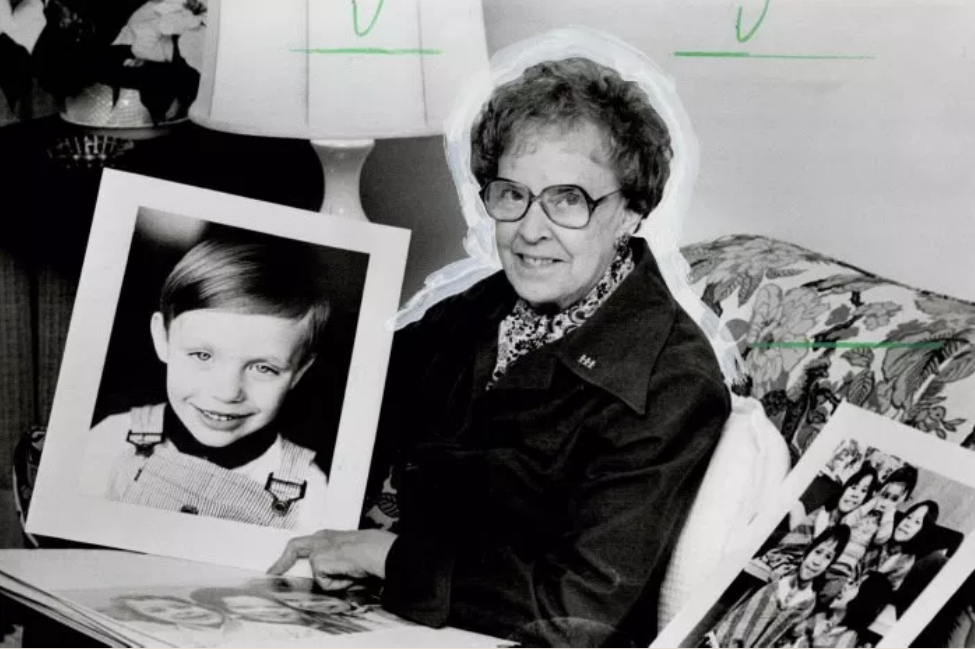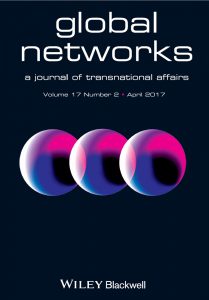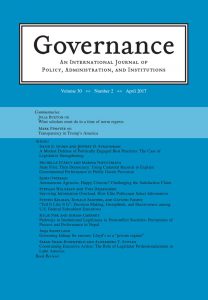Marketing Children: Overcoding Indigenous Children with Colonial Happiness in the Child Welfare System
by Daniella Bendo, Taryn Hepburn and Dr. Dale C. Spencer, Carleton University · Published · Updated

Reuters: Indigenous groups launch protests to resist Canada Day
The realities of the mass removal of Indigenous children in Canada have been well mapped. Although the practice has been well documented, it is equally important to understand how the Canadian public became accepting of adopting Indigenous children. These children were removed as a part of the Sixties Scoop, a period of Indigenous child removal and forced adoption as another part of the logics of eradication and elimination of Indigenous peoples used in residential schools (Wolfe).

Toronto Star Photo Archive: David Cooper, 1981
In 1964, the Today’s Child column began in the Toronto Telegram, written by Helen Allen at the behest of then-Deputy Minister of Welfare in Ontario, Dr. James Band. In 1972, the column moved to the Toronto Star. The Today’s Child ran weekly until 1982 and featured over 4,000 daily advertisements of children who were available for adoption. Each column would feature a photo of the child or multiple children and offer descriptions of each child’s appearance and disposition. A television program called Family Finder was also developed to further advertise the children.
For both Family Finder and Today’s Child, prospective parents contacted Allen directly, who responded and forwarded their letter to the Children’s Aid Society to which the child belonged. If the child requested had already been adopted, Allen would send the prospective parents information on a ‘similar’ child (Adams). For her role in the adoption systems, she was celebrated as a public figure in Canada, awarded the Order of Canada in 1970, and labelled “the fairy godmother of adoption”.
Our article, “Advertising ‘Happy’ Children: The Settler Family, Happiness, and the Indigenous Child Removal System” highlights how the Today’s Child column was a part of a larger system of Indigenous child removal. By analysing 4,300 columns between 1964 and 1982, we found that it advertised 1,118 Indigenous children and made each child an adoptable object to be exchanged. Despite Indigenous peoples making up 1.2 to 1.5 per cent of the total population of Canada at the time (Saku), Indigenous children represented 26 per cent of the children featured in the column. The overrepresentation of Indigenous children illuminates the column’s role in making the adoption of Indigenous children acceptable to the Canadian public. Ultimately, the column served as a conduit for advertising, representing and distributing Indigenous children in the child welfare system in Ontario, a system that disproportionately apprehended children of Indigenous backgrounds.
We wanted to understand how media representations of these Indigenous children led to them being accepted for adoption by the settler Canadian public and we found that happiness was a central theme to making the children adoptable. The column illustrated several themes centred on the basis of happiness that described children and defined their association with the concept of the family. Happiness was deployed with the intention to develop conceptions of the idealised happy child and family.
One of the things that we found was that the column placed happiness in the child, in the family, and in the colonial nation. This placement makes the case that parents can only have familial happiness with a child, a child can only have a happy childhood with a settler family, and Indigenous spaces must be unhappy. For example, see this excerpt:
“Veronica and Lorna have had some unhappy experiences which they associate with their background. They need a mother and father who are interested in and appreciate the Indian race and culture.” (September 25th 1976 entry)
A child who is identified as ‘Indian’ and who practices ‘Indian’ culture has an unhappy childhood. The child may be ‘saved’ by parents who are willing to accept their ‘Indian’ culture. In many cases, adoption is encouraged by highlighting positive characteristics to induce parents to accept Indigenous children who do not fit a settler-colonial ideal. This tendency is visible in the column’s description of these two brothers:
“Both have lots of friends, they are popular enough to be invited to all the birthday parties in the neighborhood of their foster home… They are a healthy pair with very minor problems… His brown eyes twinkle when he is happy or when he thinks of something that will give pleasure… These boys need parents who will value their heritage and give them love, warmth and the feeling they belong… They will be fine sons for a family wanting two Indian brothers.” (March 20th 1971 entry)
In both of the above entries, the column asks for prospective parents who can be accepting of the children’s Indigenous heritage, posing Indigeneity as a hurdle to be overcome for a family. By placing the pleas for acceptance alongside the lists of positive qualities, the column challenges parents to be the special ones and adopt a non-ideal child.
These representations are reflected in the children’s profiles that refigure ideas about the ideal child and family onto the children and prospective parents. By placing the ideas onto the child and prospective parents, the column fits into larger practices of indigenous child removal by making the adoption of such a child a more satisfactory endeavour. We challenge sociology to explore media representations of children and forms of advertising to analyze the ways conceptions of the nation and family figure into the advertising of children. We need to shed light on how child-service delivery systems and academic discourses ultimately serve to conceptualize and govern children’s lives.
References
https://www-tandfonline-com.proxy.library.carleton.ca/doi/full/10.1080/14623520601056240
https://bac-lac.on.worldcat.org/oclc/9556915
http://www3.brandonu.ca/cjns/19.2/cjnsv19no2_pg365-379.pdf
Acknowledgments
This paper draws on research that was funded by the Social Sciences and Humanities Research Council of Canada.
Author Biographies
Daniella Bendo is a PhD Candidate (ABD) at Carleton University in the Law and Legal Studies Department.
Taryn Hepburn is a PhD Candidate at Carleton University in the Law and Legal Studies Department.
Dr. Dale C. Spencer is an Associate Professor and the Graduate Director at Carleton University in the Law and Legal Studies Department.






